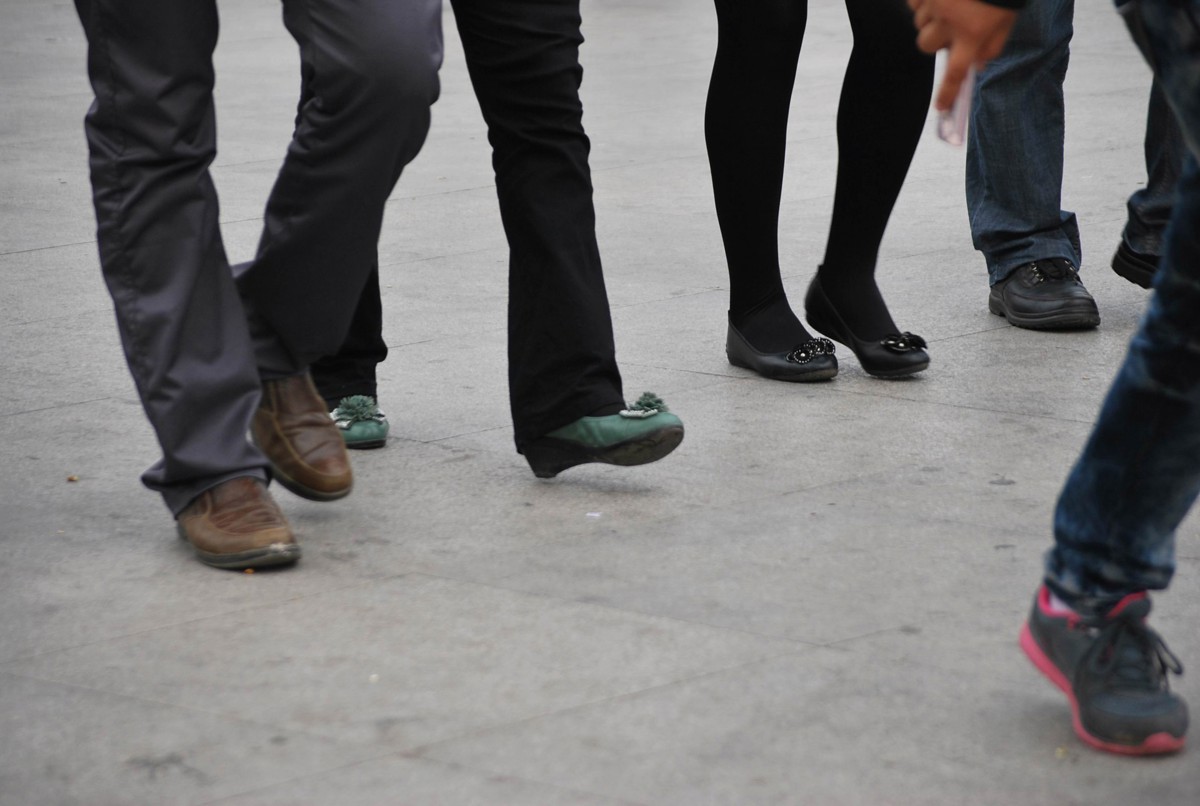Does your back hurt? (Of course it does).
Well, blame evolution.
New research suggests that the quick evolution of the ability to walk on two legs may have had a substantial impact on human modern health.
A common spinal disease could be the result of the vertebrae of certain people that share similarities in shape to a non-human primate.
As some of us have experienced already, humans are more affected by spinal disease than non-human primates. Research has attributed this to the stress placed on the spine by bipedal locomotion.
A widespread cause of back pain – known as ‘intervertebral disc herniation’ – is caused by the prolapse of a gelatinous substance inside the disc. When the herniation is vertically directed, it’s often recognized by lumps of cartilage called ‘Schmorl’s nodes.’ Which is a really fancy way of saying that you learned how to walk too fast and now you’re paying the price.
Which is a really fancy way of saying that you learned how to walk too fast and now you’re paying the price.
To examine the links between vertebral shape, locomotion, and the appearance of vertical disc herniation in humans, researchers studied the vertebrae of humans, chimpanzees (a knuckle-walking primate), and orangutans (who use all four feet, which are more like hands).
When they compared 141 human vertebrae, 56 chimpanzee vertebrae, and 27 orangutan vertebrae, the researchers found significant differences in their shape.
Of the human vertebrae they studied, 54 had ‘Schmorl’s nodes,’ and those with Schmorl’s nodes shared more similarities in shape with chimpanzee vertebrae than the healthy human vertebrae shared with those non-human primates.
This suggests that vertical disc herniation preferentially affects human individuals with vertebrae that are towards the ancestral end of the range of human shape variation. As a result, these people may be less adapted for bipedalism and suffer more from load-related spinal disease.
The fact that an ancestral vertebral shape influences the existence of the common spinal disease in human beings supports the idea that the relatively quick evolution of bipedalism likely had a considerable impact on modern human health. Again, you walked too fast too quickly.
Again, you walked too fast too quickly.
The findings reveal why some individuals are more prone to back problems than others. The authors say that their findings also could be used to help clinicians investigate a person’s vertebral shape and predict their susceptibility to intervertebral disc herniation.
The study, however, is not without its limitations.
The authors note the small sample sizes, and the fact that the tested humans are derived from Medieval and Post-Medieval English populations. Therefore, further research will include a larger sample size, human populations from different ancestral backgrounds, and the analysis of CT scans of living individuals to study horizontal herniations that do not leave evidence on the bone.
The current study marks the first to use quantitative methods to reveal why humans are so often afflicted with back problems compared to non-human primates.
So yeah, that pain in your back is probably all your ancient ancestors’ fault.
#NOTABLE
Want more updates on the most Notable things happening so you know before your colleagues do? Get our exclusive newsletter here and follow us on Twitter for all the latest.

